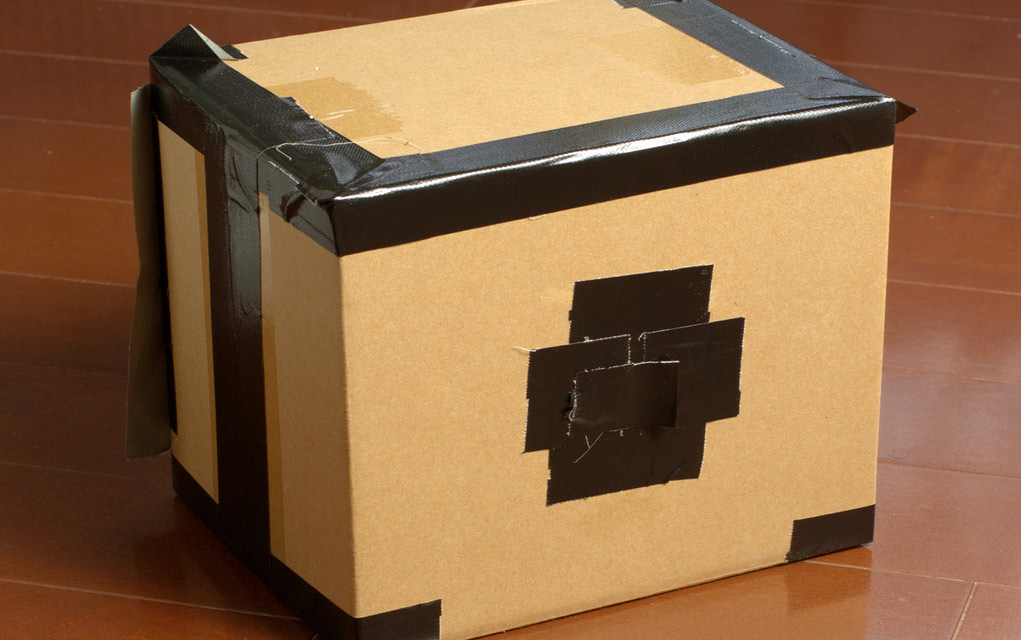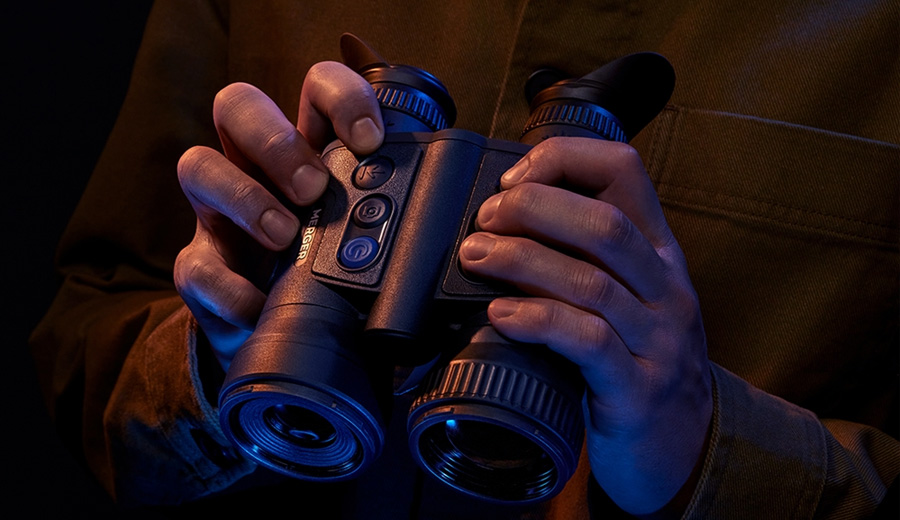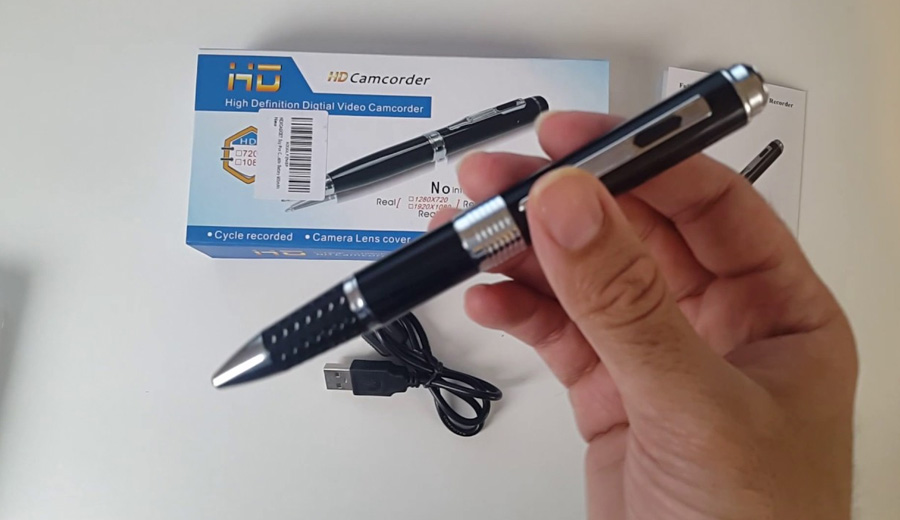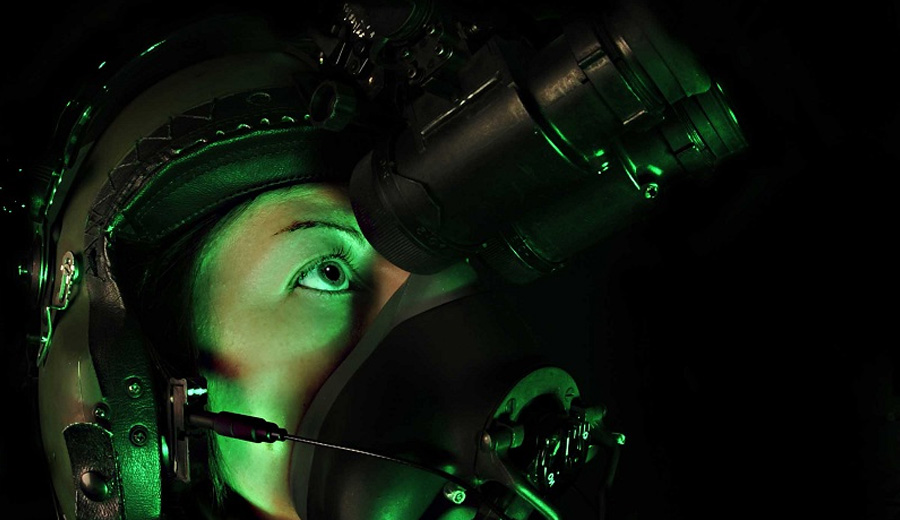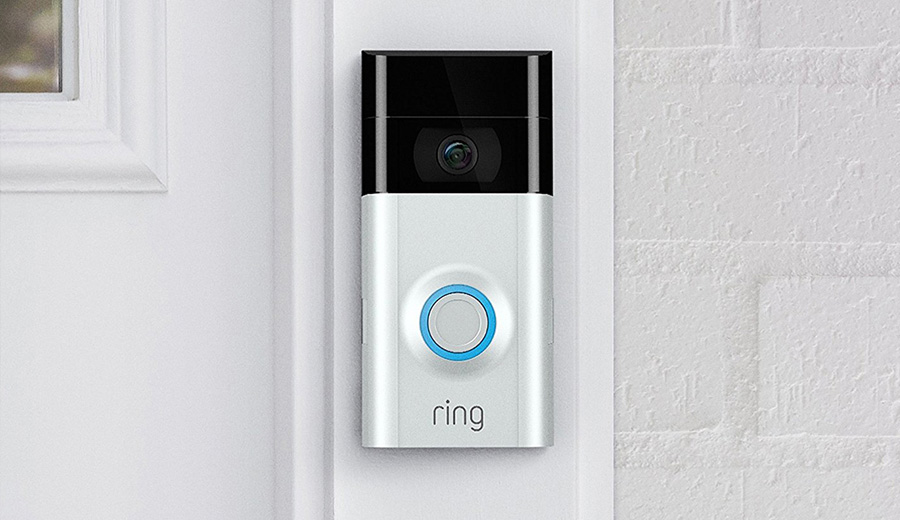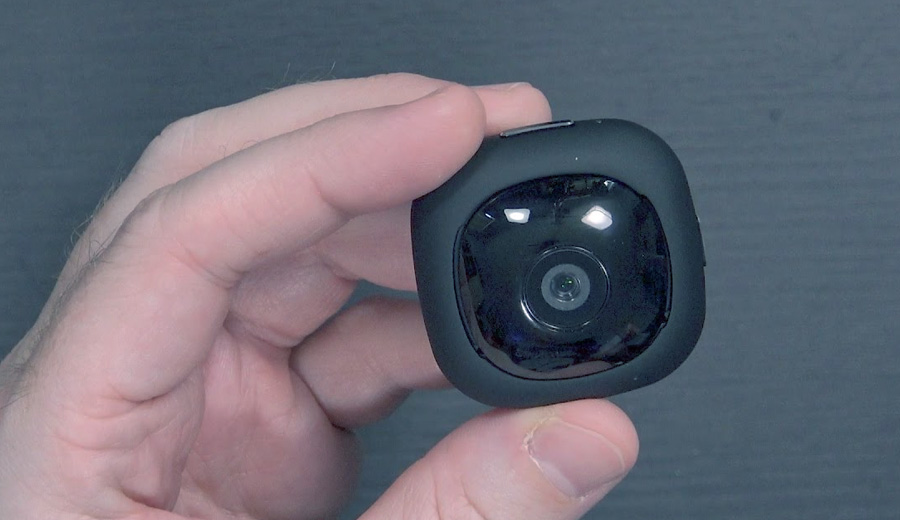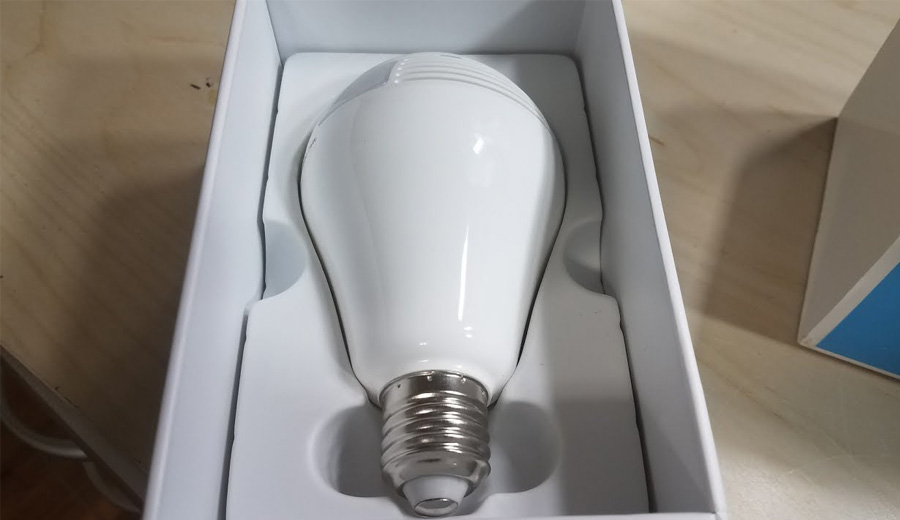Learn More about Wireless Pinhole Cameras…
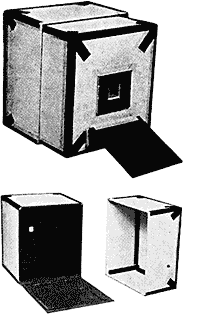 Nowadays there is a vast variety of cameras designed for different purposes. Modern technology offers video and photo cameras, wired and wireless ones, big and unbelievably tiny, black-and-white, color, digital, infrared and so on…
Nowadays there is a vast variety of cameras designed for different purposes. Modern technology offers video and photo cameras, wired and wireless ones, big and unbelievably tiny, black-and-white, color, digital, infrared and so on…
The choice is almost unlimited.
A particular niche among cameras has been taken by wireless pinhole cameras. Like others, it has its own advantages and disadvantages; however, all in all wireless pinhole camera problems are overshadowed by its obvious benefits.
What is a Pinhole Camera?
Basically, a pinhole camera is a lensless light-tight box with a very fine round hole in one end and film or photographic paper in the other. The image is built by light passing through the hole. In order to get a clear picture the ideal diameter of the hole has to be very close to 0.5 mm (0.02 inches). Nowadays professional pinhole cameras come with a micro lens and give excellent results.
The image-forming ability of a tiny hole has been known thousands of years ago. Scientific researches in the field of pinhole images descent back to the 5th century. B.C. Chinese philosopher Mo Ti succeeded in recording the formation of an inverted image with a pinhole. Early experiments with pinhole images were described by Aristotle and Arabian physicist and mathematician Alhazen.
Through the centuries pinhole image forming was of great interest for scientists. First pinhole photographs appeared in the 19th century and gained a wide popularity. In spite of modern complex photographic tools and a lot of new features added to cameras, pinhole image building principles remain the same – simple and easy to understand and perform.
Pinhole cameras can be used for different purposes. Pinhole black-and-white photography enthusiasts still prefer very simple self-made cameras in order to get that magical “old” effect of pictures. Of course, taking pictures with a camera you made yourself using an oatmeal box or a coffee tin is fun, however for more serious purposes and in order to get clearer images industrially made pinhole cameras featuring a number of helpful functions would suit much better.
Wireless Pinhole Camera
As mentioned earlier, pinhole cameras come in different sizes (usually quite compact to tiny), wired and wireless, for taking pictures and video recording, color and black-and-white. Other options are also available, and you can select a camera according to your needs. Wireless pinhole cameras make a perfect surveillance tool. Ultra small size and simple installation allow it to be hidden anywhere and seem practically invisible to the eye. Therefore you can easily monitor your employees, nanny, kids, visitors and pets. Wireless pinhole camera is also ideal for security purposes.
Video wireless pinhole cameras used for covert surveillance may feature audio capability among others; besides, they come with a transmitter (often built-in) and a receiver, which can be connected to any standard viewing device as PC, TV or VCR.
CCD (Charge Coupled Device) helps create high-quality and low-noise images. Among the advantages of wireless pinhole camera is that it can be easily shifted to different locations and as often as you like. Also, you can hide it in moving objects, say, your clothes or briefcase. There is no trouble of messing with wires.
Wireless Pinhole Camera Problems
Quality of images is one of the main wireless pinhole camera problems. Too large or too small pinhole fails to produce a clear image. Longer exposure time needed to capture an image and lack of light may also turn into a disappointing result. However, modern technologies used in spy cameras nowadays reduce these problems to minimum. Today wireless pinhole cameras can achieve a high image resolution even in a dimly lit surrounding.
There are additional features to help overcome the problem of poor quality, such as image intensifiers or infra-red devices. Wireless pinhole camera problems include losing color in low light environment. That is why black-and-white pinhole camera is more suitable for dimly lit or dark environment observation.
Another wireless pinhole camera problem is video stream disturbance coming from other moving objects or strong radio frequencies. Sometimes walls, floors and ceilings may also influence the power of signal. A simple solution is to choose a model with higher frequency transmission band (at least 1.2 GHz or above) or one with higher transmission power.
High gain antenna can also improve the signal…
CCDs consuming a lot of electric power may seem one more wireless pinhole camera problem. You may opt for a much lower in power consumption and cheaper CMOS (Complementary Metal Oxide Semiconductor), but keep in mind that CMOS sensors are less effective than CCDs, so you will probably have to compromise on image and sound quality.
Wireless pinhole camera problems, however, are incomparable with its obvious advantages, especially in video surveillance. A spy wireless pinhole camera can be as tiny as your fingernail, yet featuring amazing options to achieve a great result. Choose from a variety of models the one that suits your purpose as well as your budget best.

